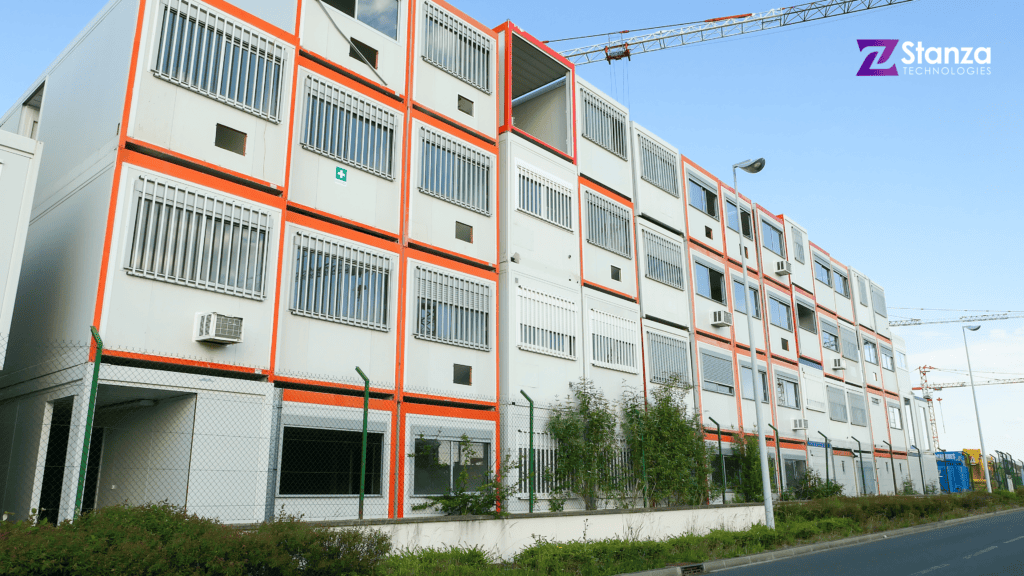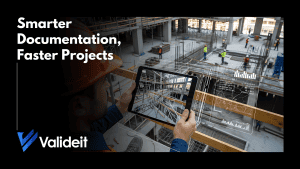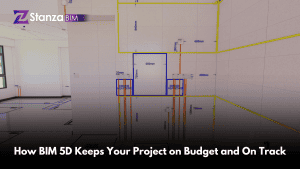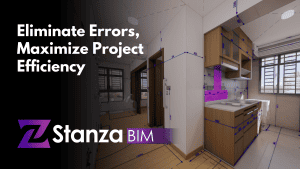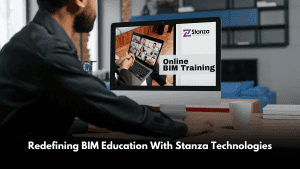Current Climate and Housing Challenges in 2024
As we navigate 2024, the world faces pressing challenges related to climate change and housing shortages. The climate crisis continues to escalate, with rising temperatures, extreme weather events, and the depletion of natural resources. Simultaneously, the housing crisis persists, with many regions experiencing a shortage of affordable and sustainable housing options. These challenges are interconnected, demanding innovative solutions that address environmental concerns and the urgent need for adequate housing.
Prefabrication and its Purpose in Combating Climate and Housing Challenges
Prefab, short for prefabrication, is an innovative construction method that involves assembling building components off-site before transporting them to the construction site for final assembly. This approach contrasts with traditional on-site construction, offering several advantages in the context of climate and housing crises. Prefab aims to streamline the construction process, reduce waste, and enhance efficiency, making it a valuable tool in the fight against environmental degradation and housing shortages.
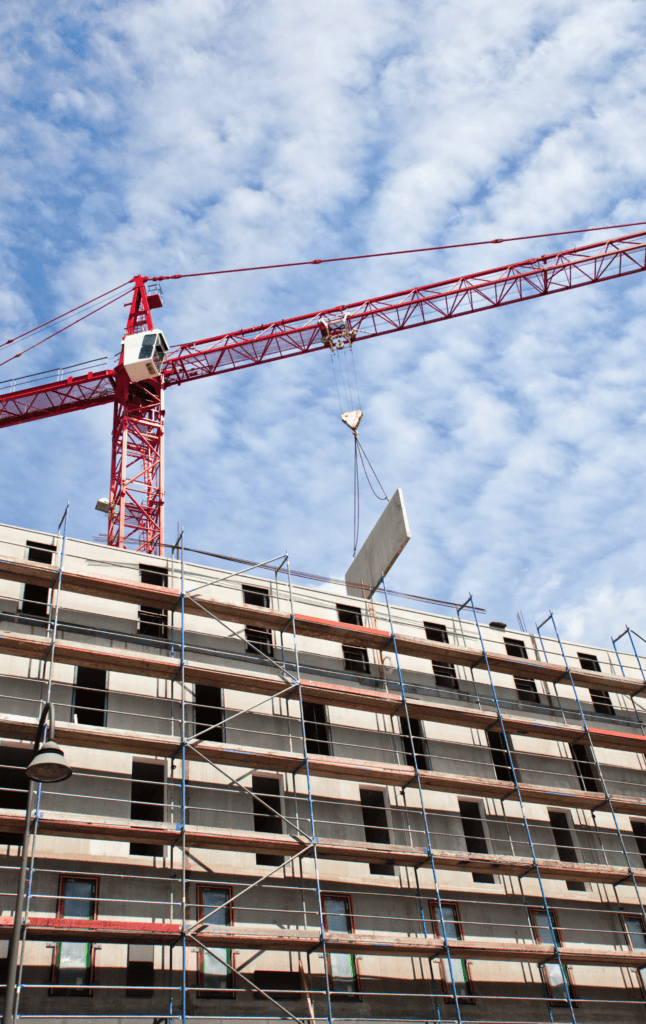
How Prefab Can Combat Climate and Housing Challenges
1. Reduced Carbon Footprint: Prefabrication minimizes the environmental impact of construction by optimizing material usage, reducing transportation-related emissions, and enhancing overall energy efficiency. This leads to a lower carbon footprint compared to traditional construction methods.
2. Time and Cost Efficiency: Prefab construction is known for its speed and cost-effectiveness. The off-site assembly of building components allows for simultaneous work on multiple sections, significantly reducing construction timelines. This efficiency contributes to addressing the urgent housing needs in a more timely and affordable manner.
3. Resource Conservation: The controlled environment of prefab manufacturing facilities enables better resource management. Materials can be sourced sustainably, minimizing waste through precise manufacturing processes and reducing the environmental strain.
4. Quality Control: Prefabrication allows for rigorous quality control measures in a controlled factory setting. This ensures that each building component meets high standards, resulting in structurally sound and durable constructions. This longevity is crucial for sustainable housing solutions.
5. Adaptability and Innovation: Prefab construction methods are adaptable to various architectural styles and can incorporate innovative design features. This adaptability enables the construction of diverse and aesthetically pleasing housing options that align with modern living standards.

In the face of climate change and housing shortages, prefabrication emerges as a beacon of hope, offering a sustainable and efficient solution to address these intertwined challenges. By reducing environmental impact, increasing efficiency, and providing affordable housing options, prefab construction aligns with the urgent needs of our time. Embracing prefabrication as a mainstream construction method not only contributes to mitigating climate change but also facilitates the development of resilient and accessible housing for communities around the world. We must prioritize innovative approaches like prefabrication to build a more sustainable and resilient world as we look toward the future.
Reference: https://techxplore.com/news/2024-01-prefab-revolution-climate-housing-crises.html
